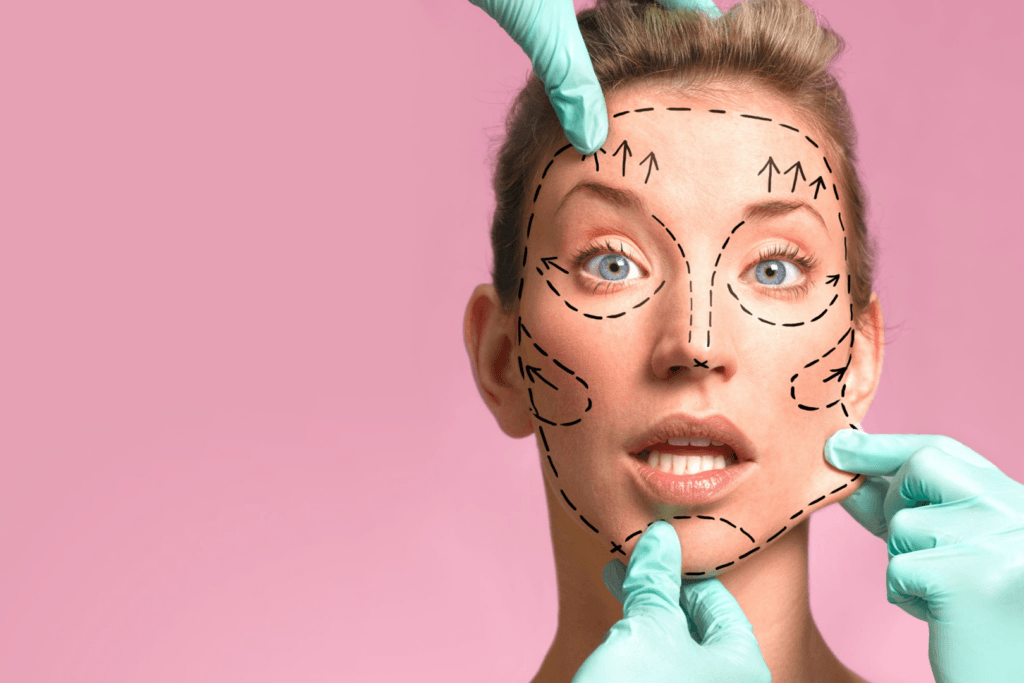Sagging skin on the upper arms, often a result of weight loss, aging, or genetics, can be a source of self-consciousness for many individuals. Arm lift surgery, also known as brachioplasty, offers a surgical solution to address this concern, restoring a more toned and youthful appearance to the upper arms. This article provides a comprehensive overview of arm lift surgery, covering the procedure, ideal candidates, recovery process, and post-operative care.
Table of Contents
Understanding Arm Lift Surgery
Arm lift surgery, or brachioplasty, is a surgical procedure designed to remove excess skin and fat from the underside of the upper arms, resulting in a more toned and contoured appearance. The procedure can significantly improve the appearance of sagging skin that may not respond to diet and exercise. There are different types of brachioplasty, ranging from minimally invasive liposuction to more extensive procedures involving the removal of a larger section of skin. The choice of technique depends on the individual’s needs and the amount of excess skin and fat present.
The goal of brachioplasty is not weight loss; rather, it’s to address the aesthetic concerns associated with excess, loose skin. It’s important to understand that while brachioplasty can remove excess fat, it’s not a substitute for weight loss. Patients should ideally be at or near their target weight before undergoing the procedure for optimal results. Furthermore, maintaining a healthy lifestyle post-surgery is crucial for long-term results.
Brachioplasty is typically performed under general anesthesia or intravenous sedation, ensuring patient comfort throughout the procedure. The incision length and location vary depending on the extent of the skin laxity and the surgeon’s technique. Incisions are strategically placed to minimize scarring, often along the inner arm or extending from the armpit to the elbow. The surgeon will carefully remove the excess skin and fat, then meticulously close the incisions with sutures.
The results of brachioplasty are generally long-lasting, providing a significant improvement in the appearance of the upper arms. However, it’s important to maintain a stable weight to prevent future skin laxity. While individual results may vary, most patients are highly satisfied with the improvement in their arm contour and overall confidence.

Ideal Candidates for Brachioplasty
Ideal candidates for brachioplasty are generally individuals who are in good overall health, have realistic expectations, and are committed to maintaining a healthy lifestyle after surgery. They should have significant excess skin and fat in their upper arms that doesn’t respond to diet and exercise. A thorough consultation with a qualified plastic surgeon is essential to determine candidacy and discuss potential risks and benefits.
Patients should be non-smokers or willing to quit smoking before and after the procedure, as smoking can significantly impair healing and increase the risk of complications. Furthermore, patients should have a stable weight or be close to their ideal weight before undergoing the surgery. Significant weight fluctuations post-surgery can negatively impact the results.
Candidates should also have good skin elasticity and tone, as this contributes to better healing and scarring. The surgeon will assess the patient’s skin quality during the consultation to determine the suitability of the procedure. Individuals with underlying medical conditions, such as diabetes or heart disease, may need additional medical clearance before undergoing surgery.
Finally, it’s crucial that patients have realistic expectations about the outcome of the surgery. Brachioplasty can significantly improve the appearance of the upper arms, but it cannot create a perfectly sculpted physique. Open communication with the surgeon is key to ensuring that the patient understands the procedure’s limitations and potential risks.

The Brachioplasty Procedure Itself
The brachioplasty procedure typically begins with the administration of anesthesia. This can be general anesthesia, which puts the patient completely to sleep, or intravenous sedation, which keeps the patient relaxed but awake. Once the anesthesia takes effect, the surgeon will make incisions along the inner arm, often extending from the armpit to the elbow, though the exact location and length depend on the individual’s needs.
During the procedure, the surgeon carefully separates the skin from the underlying muscle and fat. Excess fat may be removed through liposuction, a minimally invasive technique that uses suction to remove fat cells. Then, the excess skin is excised, and the remaining skin is carefully redraped and sutured into place. The incisions are closed with sutures, and dressings are applied to protect the surgical site.
The length of the procedure varies depending on the extent of the surgery. A simple liposuction may take a couple of hours, while a more extensive brachioplasty involving significant skin removal can take several hours. The surgeon will discuss the anticipated procedure length during the pre-operative consultation. Post-operative pain is usually manageable with prescribed medication.
Throughout the procedure, the surgeon prioritizes minimizing scarring. The incisions are strategically placed to be hidden within natural skin creases, and advanced surgical techniques are employed to minimize the visibility of scars. However, some scarring is inevitable, and the final appearance of the scars will improve over time.

Recovery and Post-Operative Care
Following brachioplasty, patients can expect some swelling, bruising, and discomfort. Pain medication is usually prescribed to manage any discomfort. A compression garment will be worn for several weeks to minimize swelling and support the healing process. Patients should follow the surgeon’s instructions carefully regarding wound care and activity restrictions.
The initial recovery period typically involves rest and limited activity. Strenuous activities, including heavy lifting and exercise, should be avoided for several weeks to allow the incisions to heal properly. Patients should also avoid direct sunlight on the surgical site to prevent hyperpigmentation. Regular follow-up appointments with the surgeon are crucial to monitor healing progress.
Swelling and bruising usually subside within several weeks, but it may take several months for the final results to become apparent. The incisions will gradually fade over time, but some scarring is inevitable. The surgeon will discuss scar management techniques during the post-operative consultations. Patients should maintain a healthy lifestyle, including a balanced diet and regular exercise, to optimize their recovery and maintain their results.
Long-term results of brachioplasty are generally positive, providing a significant improvement in the appearance of the upper arms. However, maintaining a stable weight is crucial to prevent future skin laxity. Patients should continue to follow a healthy lifestyle to maximize the longevity of their results and maintain their overall well-being.
Arm lift surgery (brachioplasty) can be a highly effective solution for individuals seeking to improve the appearance of sagging skin on their upper arms. However, it’s crucial to choose a qualified and experienced plastic surgeon, have realistic expectations, and diligently follow post-operative instructions for optimal results and a safe recovery. A thorough consultation with a surgeon will help determine candidacy and address any questions or concerns.
Transform Your Confidence with Surgyteam!
Join the thousands of satisfied patients who have experienced the exceptional care and expertise of Surgyteam’s renowned plastic surgeons. Whether you’re seeking aesthetic enhancements or reconstructive surgery, our dedicated team in Antalya is here to provide you with the highest quality treatment and personalized care.


